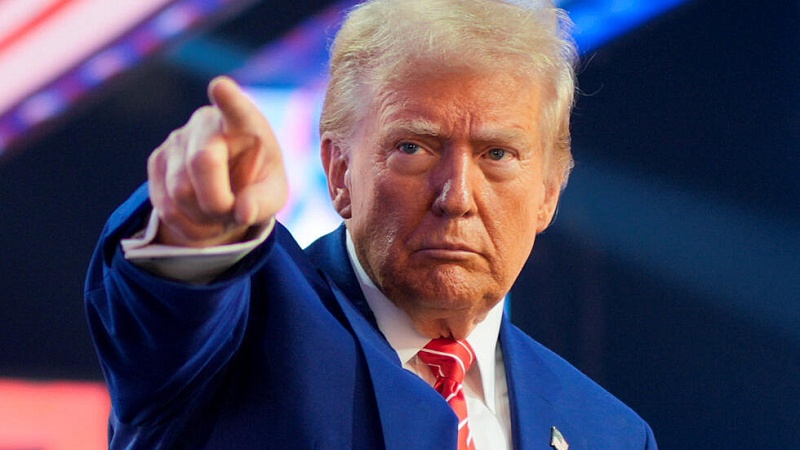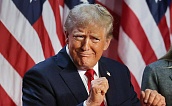
Trade Wars: How Trump Shook the Markets Again
The financial week begins with the loud and alarming sounds of Donald Trump's "trade war symphony." Over the weekend, Trump signed an executive order imposing a 25% tariff on imports from Mexico and Canada, as well as a 10% tariff on goods from China, along with a reduced 10% tariff on energy exports from Canada. These three countries account for more than 40% of total U.S. imports, which corresponds to an annual turnover of more than one and a half trillion dollars.
The move resulted in a fall in cryptocurrencies, a decline in S&P 500 futures and a fall in metals prices, as well as a weakening of the Canadian dollar and Mexican peso against the dollar - almost all risk assets opened with strong price gaps - downsides on Monday night. At the same time, gas and oil prices are rising amid the heating season.
Now the market has adopted a wait-and-see attitude, wants to see how quickly and in what volumes this "tariff race" will continue. If Trump decides to cancel some of the trade tariffs or postpone their introduction until the completion of negotiations, this may cause a rollback-decrease in the dollar exchange rate.
What are we expecting this week? Since this is the first Friday of the month, we are waiting for traditional reports on the American labor market - US nonfarm data, as well as ISM indices and the JOLTs report. However, this data will only be relevant if Trump softens his position on trade tariffs; otherwise, new tariffs will lead to higher prices, lower consumer demand, job losses and a recession.
If everything remains as is, any short-term reactions may lead to the use of rebounds in the growth of "risks" to increase their subsequent sales and new purchases of the defensive dollar.


